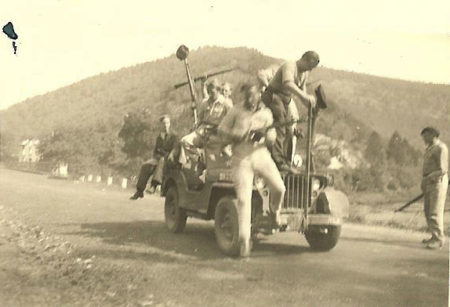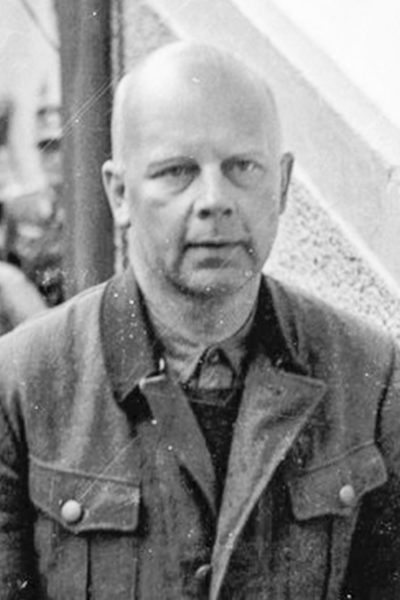As part of my research for the blog, Rendezvous with the Gestapo (click here to read the blog), I read a fascinating book called Shot Down. It was written by Steve Snyder whose father, Howard, was a B-17 pilot who parachuted into Belgium after his plane was shot down on 8 February 1944. What made Howard’s story so extraordinary was that unlike most of the surviving downed Allied airmen, Howard did not make it back to London nor was he captured. Capt. Snyder decided to join the French guerilla résistants known as the maquisards, or “maquis.” He fought alongside these French resistance fighters until early September 1944 when Snyder and his maquis unit hooked up with Gen. Patton’s 3rd Army in Trélon, France.

With that background, you will shortly understand why I found the story of Pfc. Weiss so interesting and why I decided to share it with you today.
Click here to watch the video Shot Down: Howard Snyder and the B-17 Susan Roth.
Did You Know?
Did you know that Hitler ordered food rationing in Berlin almost immediately after invading Poland? As you can imagine, a black market quickly developed. Senior Nazi officials including Wilhelm Frick, Walther von Brauchitsch, and Erich Raeder were involved in and profited from the black market. Although the Nazi hierarchy was required to abide by the rules, most of them scorned Hitler’s orders.
Horcher’s Restaurant was a favorite haunt of Hermann Göring, Joseph Goebbels, and other Nazi bigwigs. Ration coupons at this restaurant were non-existent. The Nazi regime protected Horcher’s and its staff (the men were exempt from the draft). There was always enough high-quality food to satisfy the clients. In 1943, the restaurant was threatened with closure but Göring had it re-opened as a Luftwaffe private club. (With Göring’s assistance, Otto Horcher moved his restaurant in 1943 to Madrid, Spain where it is owned and operated today by his granddaughter, Elisabeth Horcher.) Read More We’ll Meet Again

